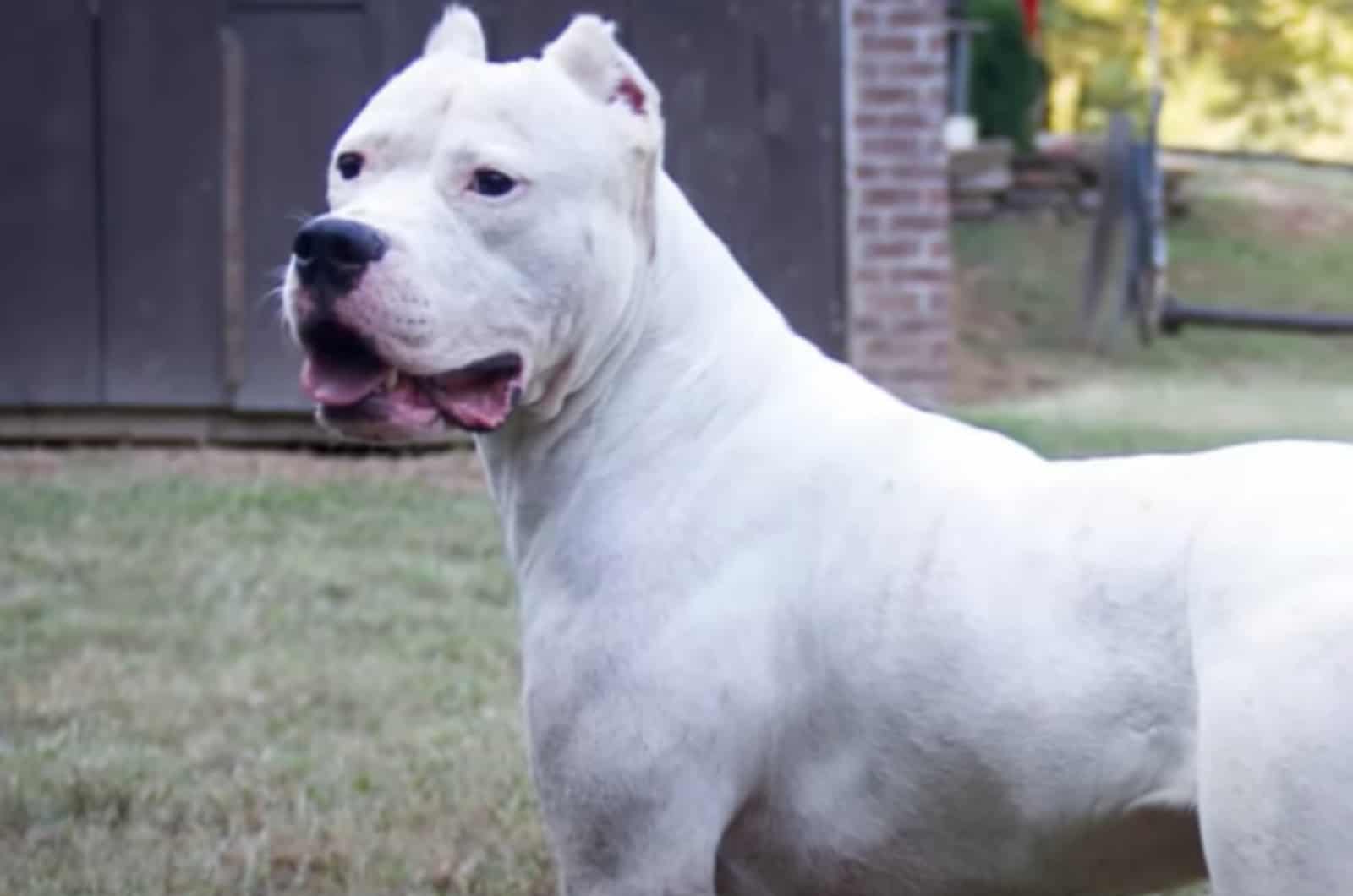Have you ever heard of the Cordoba Fighting Dog? Most likely not, as these vigilant canines are no longer among living dogs. They have been extinct for quite some time, which is why the breed cannot be purchased at breeders nor at puppy mills.
Their successor, the Dogo Argentino, is currently the only evidence that this breed existed. However, the Dogo Argentino bloodline contains only a partial CFD gene.
The Cordoba Fighting Dog, popularly also known as the Argentine Fighting Dog, Perro De Pelea Cordobés, or Cordobese Dog, was known as a fierce, hostile, and inexorable fighting champion.
Sadly, this canine was bred for blood sports only, which is why CFDs were not the favorite among dog enthusiasts.
What Is A Cordoba Fighting Dog?
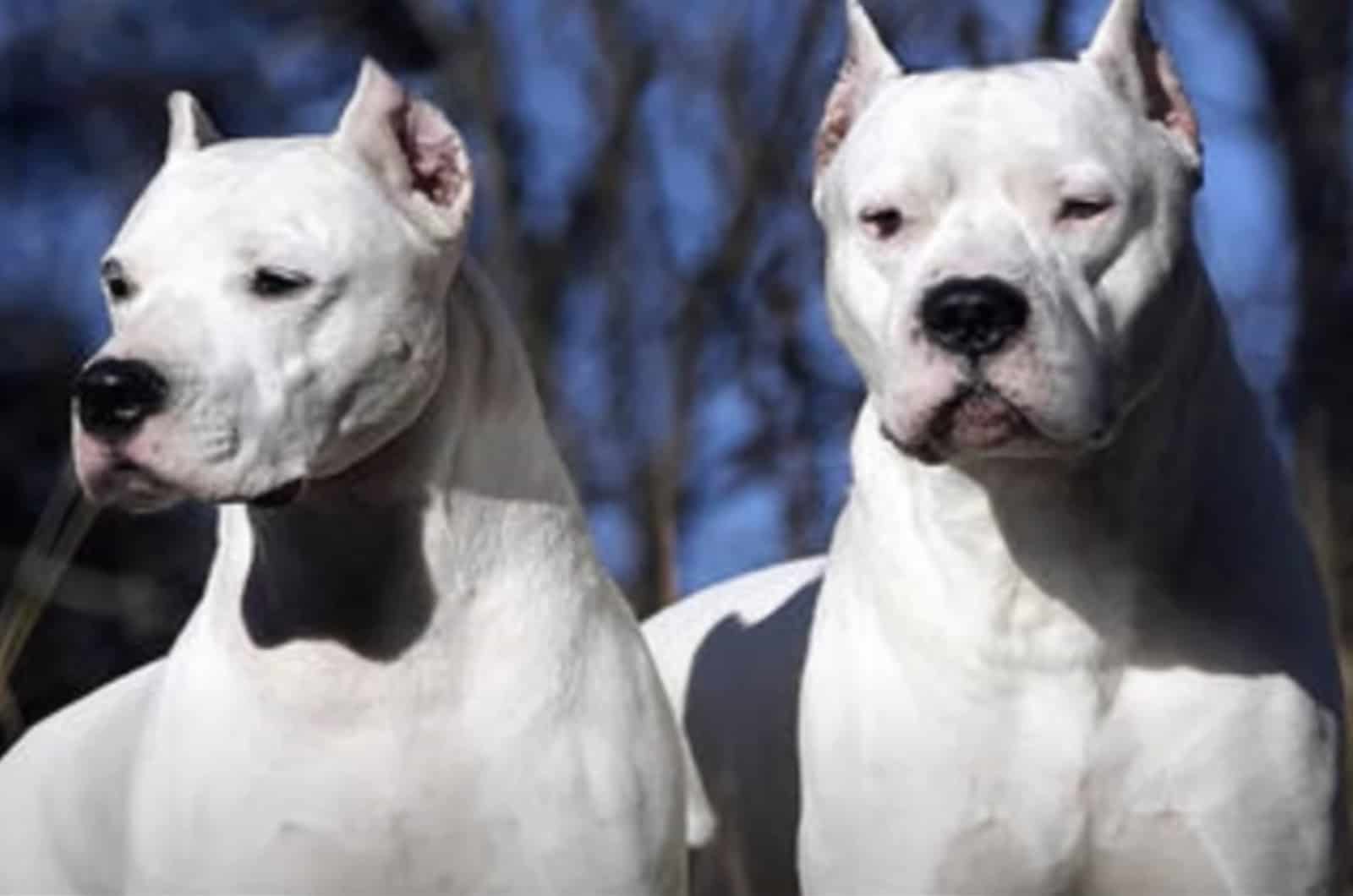
Can you think of the most aggressive dog breeds? Good. Now, multiply their severity rate by ten. There, you got the Cordoba Fighting Dog!
Indeed, these canines were exclusively known for their severity, as CFDs had been bred to cause damage and kill.
Initially bred in the 19th century, Cordoba Fighting Dogs were widely popular in the South American continent. Later, the breed was shipped to the European continent (mostly UK) for dog fighting purposes.
Unlike many other dog breeds, these canines had not been the easiest dogs to train, socialize, or keep close to their owner. They were mostly kept in kennels for the sake of the safety of the owner.
1. The Cordoba Fighting Dog Was Argentinian, Not Spanish
Even though many people think that this is originally a Spanish dog, the truth is that CFDs were first bred and designed in Argentina. The breed was named after the Cordoba province where this pooch was initially bred.
The main purpose behind the first breeding of a CFD was to design an impeccable fighter that would be ready to fight til death. Luckily or not, breeders succeeded in this attempt and designed a true beast.
CFD canines were extremely dangerous to handle, even for experienced dog owners, as they were hostile towards everyone. In fact, the majority of these dogs were kept in kennels, as it was too dangerous to keep them at homes or off leash.
Nowadays, the breed that has the highest percentage of Cordoba Fighting Dog’s genes is the Dogo Argentino.
Both male and female Dogo Argentino puppies were initially designed as a mix between a CFD, a Bull Terrier, a Mastiff, a Boxer, a Great Dane, and several others. Today, this dog breed is a regular member of the American Kennel Club.
Breeds Behind The Cordoba Fighting Dog
Even though there is no exact evidence about all the breeds that made this vicious dog, it is believed that CFDs were originally designed as a mix between English Bulldogs, Mastiffs, Presa Canarios, and Pitbulls.
Unlike many other Mastiff breeds that make great companions, these pooches that had a certain Mastiff gene represented in their bloodline were not so popular among families.
Reasonably enough – they were too dangerous to be left with inexperienced dog handlers or children. To this day, believing that these pooches would’ve made decent family companions only if socialized enough will remain a mystery.
2. CFDs Were Canines Of Impeccable Physical Appearance
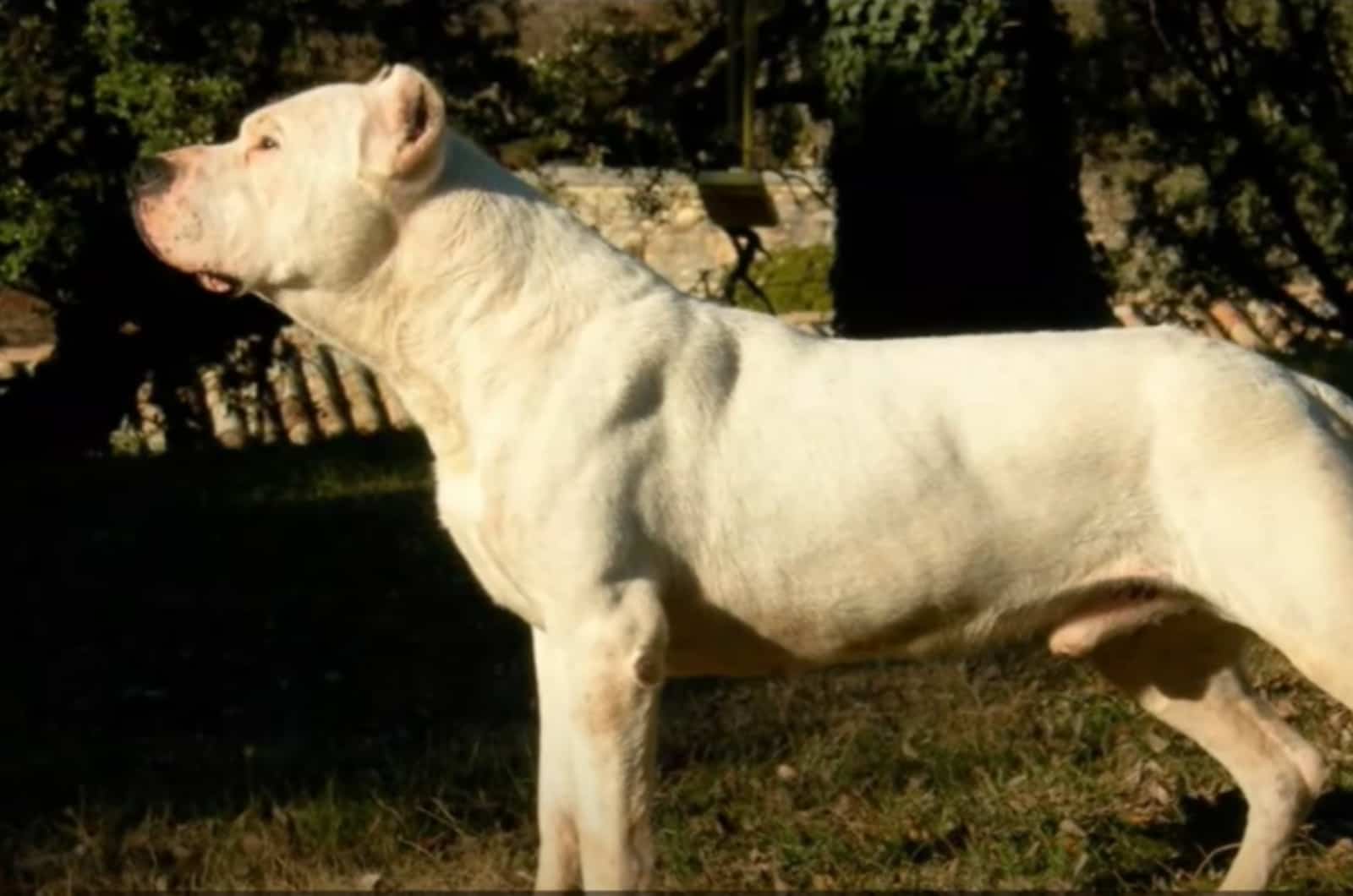
Despite their killer instinct and harsh temperament, these pooches had a true fashionable look. They were on the crossroad between being labeled as dogs that look like a Pitbull and categorized among true Mastiff-like dogs.
Originally, these pooches were 50 to 100 pounds in weight. Their height revolved around 25 inches. They had a strong, muscular body physique, and a thick head, with small, erect ears on top.
These were the dogs of impeccable stamina and athleticism, which is why they required high-intensity training on a daily basis to burn off the energy. Improperly-exercised CFDs were even more aggressive than their regularly-exercised counterparts.
Coat And Grooming
When speaking about basic dog colors, we need to know that the main color found in this particular Argentinian beast was white. Other than that, CFDs were also bred in brindle and fawn color variations.
This breed had a thick, short coat, which was quite easy to maintain. CFDs did not require more than a regular, two-times-a-week brushing or so, and an occasional bath. Still, due to their “bloody paws”, owners needed to make sure their canines got proper cleaning treatment.
CFDs were known as low to moderate shedders, as they weren’t losing much hair off season. Still, the breed required good portions of grooming during autumn and spring, as their hair trails were extremely visible all over the place.
3. They Had The Temperament Of A Killer
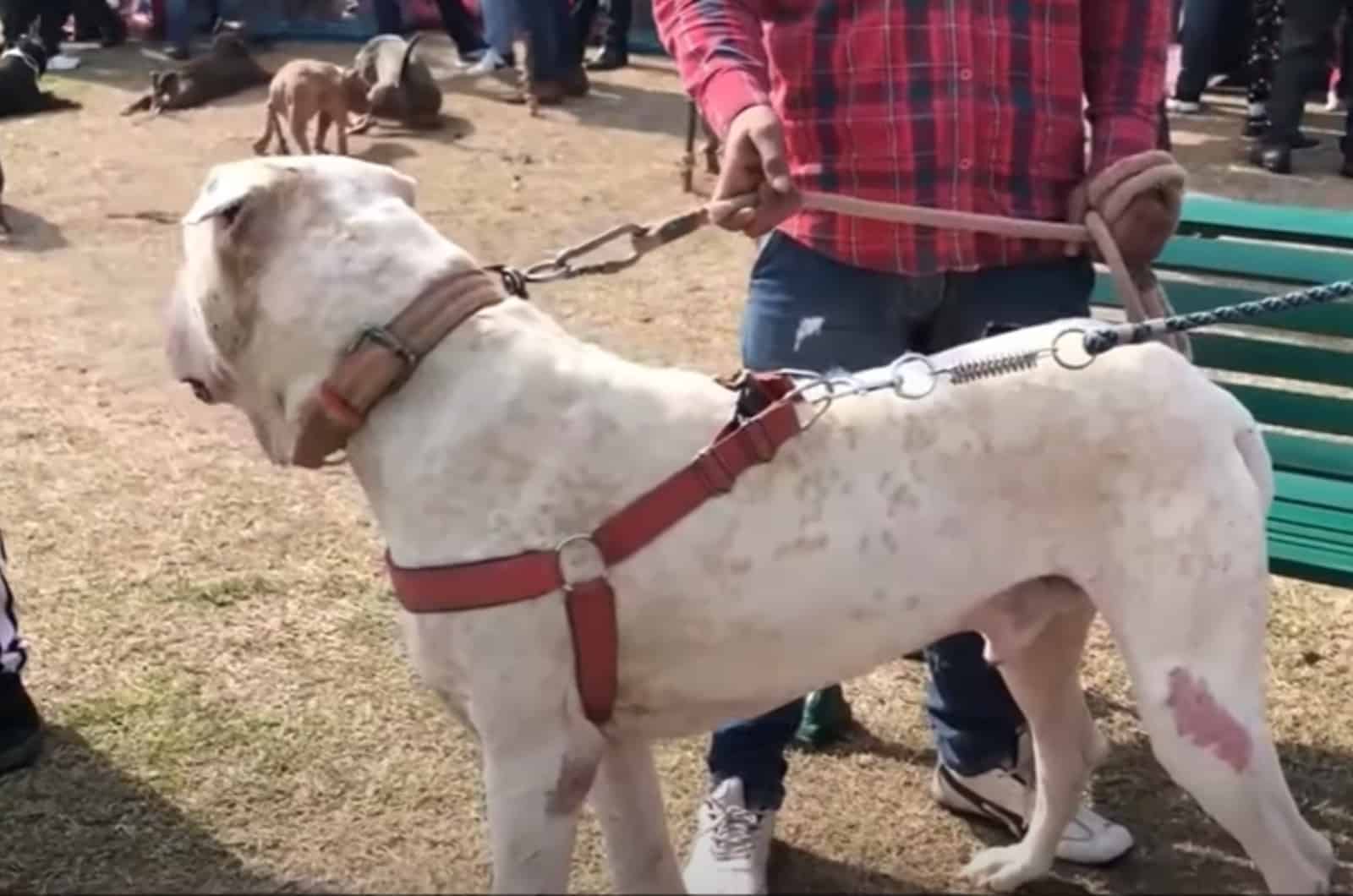
Even the scariest dog breeds would be intimidated by this powerful dog. The Cordoba Fighting Dog was an extremely hostile breed, even towards its owner.
In fact, the breed was mainly used for hunting (besides dog fighting), but even those sorts of activities were organized so they could hunt in small packs. Otherwise, the canine would’ve attacked its own packmates.
That being said, the breed had a high-burning temperament and no tolerance for anyone. It was quite hard keeping these pooches in homes or even outside on a leash, as they tended to attack anything that moved.
Is it just their nature or years of wrongful breeding – we will never know.
Socialization And Trainability
Have you ever wondered what it is like to socialize an aggressive dog? Well, the truth is that this is a painful and long process that takes a lot of patience, commitment, and sweat. But, it’s doable!
On the other hand, there was not much done regarding the Cordoba Fighting Dog’s socialization, as these pooches were mainly trained to be aggressive and hostile. That being said, their overall socialization level was low.
On the other hand, the fact that CFDs were of average intelligence positively correlates with their inability to establish a quality relationship with their owner.
These canines didn’t have the capacity nor were they trained as GSDs or Dobermans are to adopt complex training techniques or to respond to positive reinforcement positively. They were rather kept in kennels as warriors ready to fight when let out of the cage.
Housing
These powerful Argenitian dogs were rather kept in well-fenced kennels or outside a house rather than as family dogs. In fact, there is little evidence of them being raised and bred indoors.
Consequently, we cannot say that these pooches made the greatest family dogs. They were rather kept at a distance, and used when needed.
The Cordoba Fighting Dog’s breeding was surely one of the most horrible treatments a dog could get. Until dog fighting was officially banned, these pooches had been bred and raised poorly, and mostly perceived as an entertainment toy that had a powerful bite.
4. They Were Prone To Various Health Issues
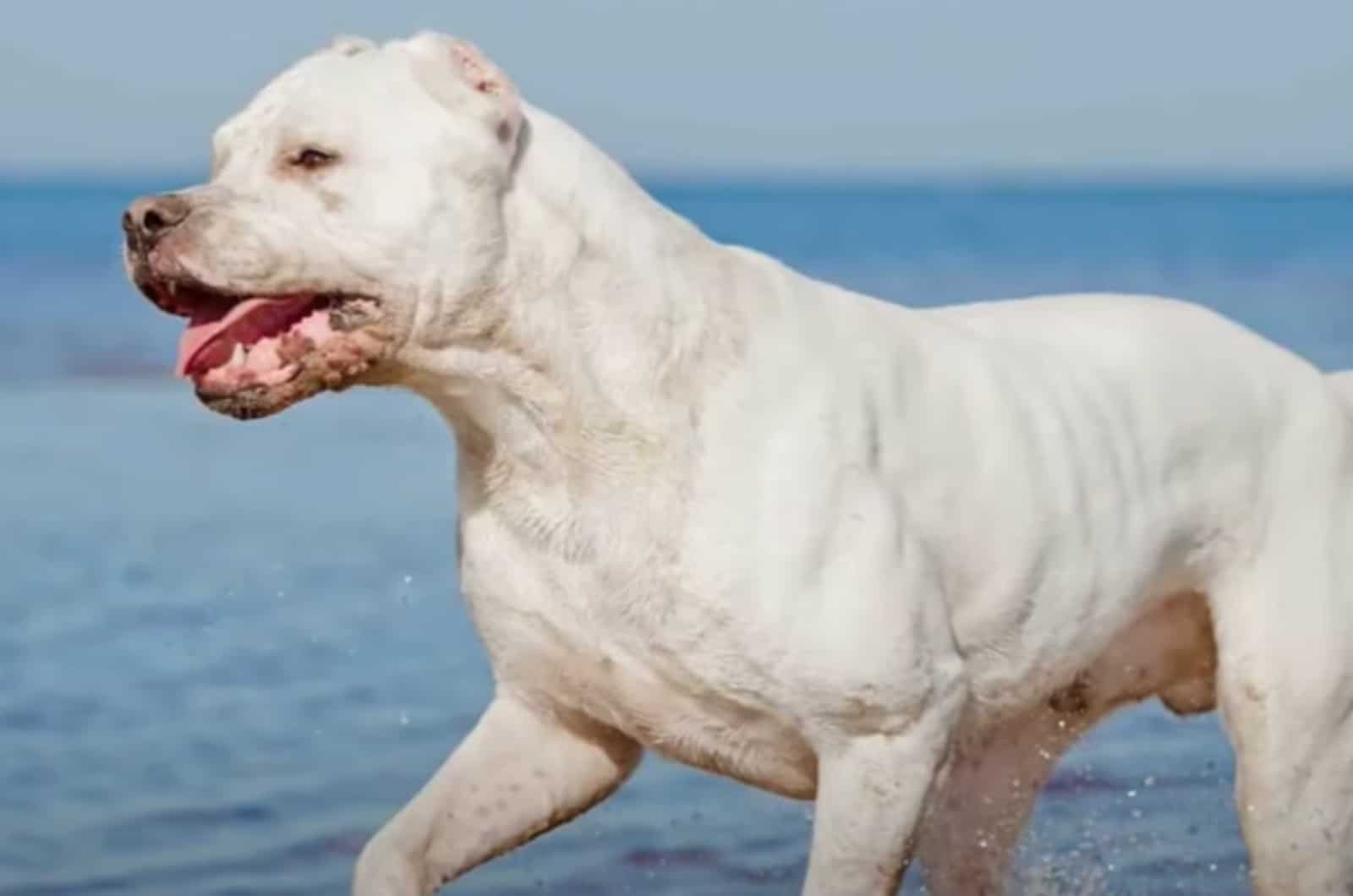
We cannot say that CFDs were dogs of the best health. Unlike some of the healthiest dogs in the world, they were prone to various health issues. A good part of this is rooted in their poor treatment and breeding purpose.
Some of the most common health issues related to the Cordoba Fighting Dog’s breed are hip dysplasia, skin allergies, and cataracts. On the other hand, some CFDs were known for suffering from bloat, deafness, and eye problems.
Skin Allergies
Skin allergies were quite common in the CFD. Despite their easily-groomed coat and short hair, some of these pooches were highly prone to flea allergies, dermatitis, and seasonal allergies.
That said, we can say that these pooches were not ideal for outdoor exercising nor for daily walks.
As they were mainly used to fight til death, not so many CFD owners bothered to treat them, which is why many of them could be found red-skinned and irritated.
Hip Dysplasia
Typically, hip dysplasia is a condition related to larger breeds. CFDs were genetically prone to this condition, which manifests in a so-called “bunny walk.”
Other symptoms related to hip dysplasia are inability to climb up or down stairs, jump or run, lethargic behavior, pain in the groin and hind legs, and limping.
Even though this is an unpleasant condition, hip dysplasia is not considered to be a major disease.
Puppies that were diagnosed with dysplasia are mainly treated by surgery, which is quite expensive. The average price of this surgical procedure revolves between $1500 and $3000.
Sadly, many of the CFDs with hip dysplasia were put down due to their poor performance or inability to fight.
Cataracts
Canine cataracts is another condition that was common in Cordoba Fighting Dogs. The condition is hereditary most of the time, but it can also be triggered by improper lifestyle, obesity, and diabetes.
This is a curable disease that is treated surgically. On the other hand, puppies with untreated cataracts are highly likely to become partially or totally blind in the long run.
Even though cataracts are mostly related to senior dogs, it is not uncommon for puppies to get them.
5. CFDs Had An Extremely High Pain Tolerance
Due to the fact that these pooches were mainly used for dog fighting and blood sports, CFDs developed an extremely high pain tolerance over time. In fact, their high tolerance of pain was one of the main reasons why these dogs were so favorable in dog fights.
Namely, they were known to be dogs that had never left a fight before the end, and they were ready to fight until they died.
Unlike some other dangerous dog breeds that are used mostly for guarding purposes, CFDs never developed a sense of self-protection and a reasonable pain threshold.
Conclusion
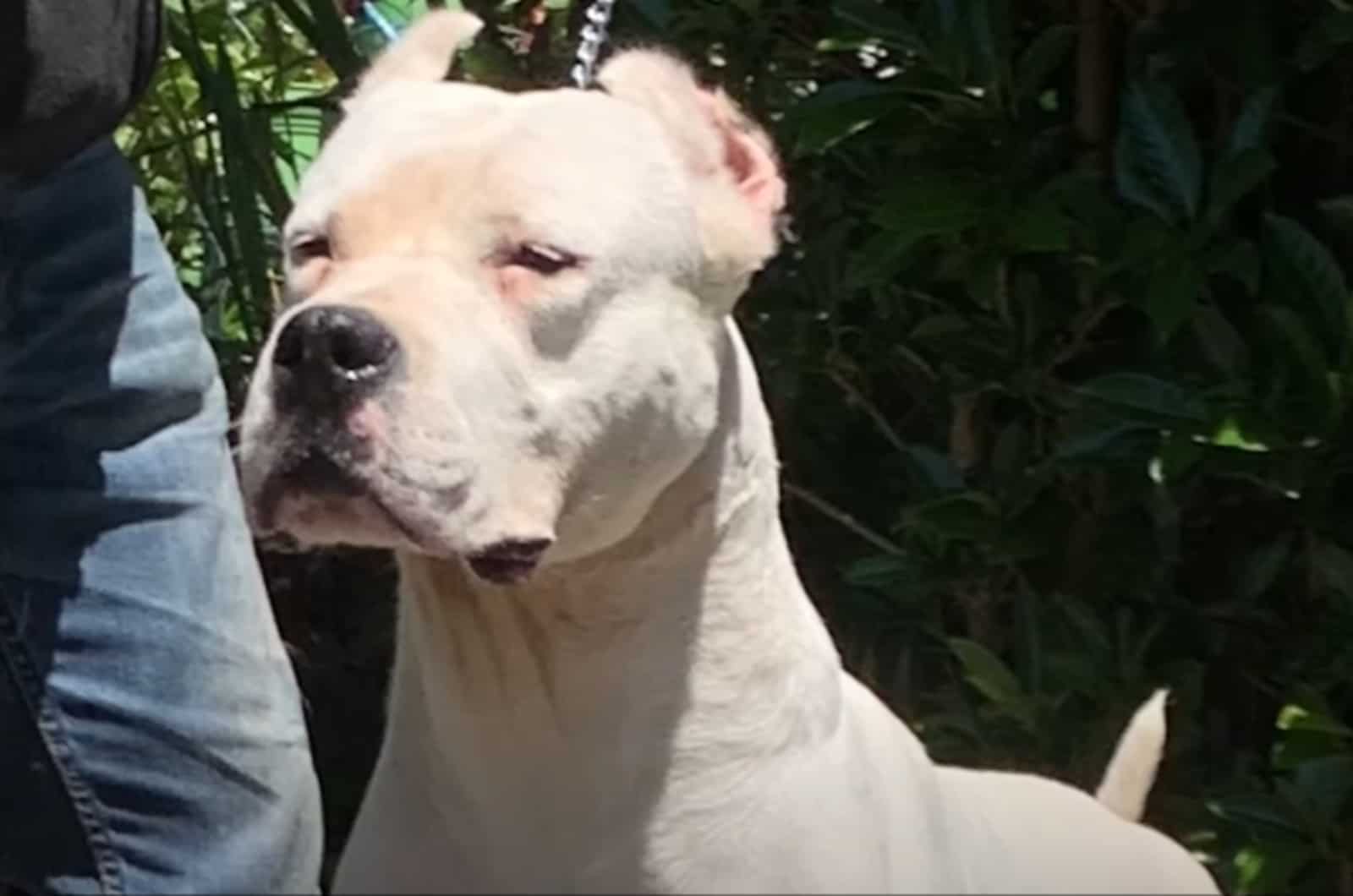
The Cordoba Fighting Dog is known to be one of those forgotten, extinct dogs that was mainly used in dog fights and blood sports. That being said, the breed was not quite favorable among dog enthusiasts and dog lovers, but among dog-fighting breeders.
Their harsh temperament and cruel breeding are the main reasons why these canines are not among living dogs today. Could they ever be socialized and adapted to a normal, family life – we will never know.
Read more: Cane Corso Dogo Argentino Mix: Similarities Attract, Too
